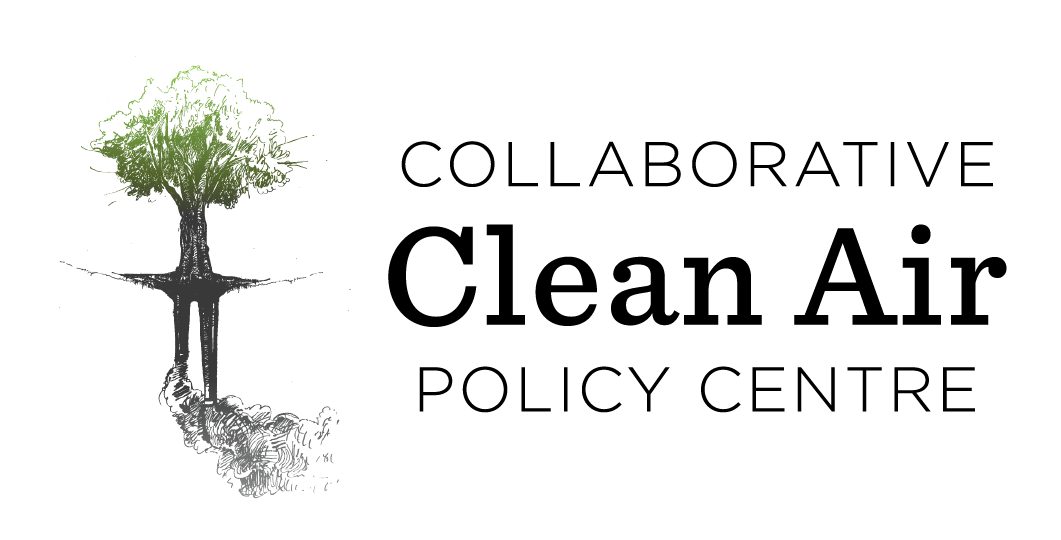We propose that Ujjwala 2.0 should have a two-tier, differential pricing for households: LPG at subsidized price for identified poor households, and at the unsubsidized price for other consumers. In order to achieve our objective, the subsidy rate for the identified poor households should be based on their willingness and ability to pay. Our analysis of the National Sample Survey data suggests that households should be willing to use LPG as the primary cooking fuel, if the fuel costs are within 4% of their total monthly expenditure. Subsidies could be calculated to ensure the prices the households face meet this condition.The quantity of subsidized LPG could be restricted to 126 kg, or 9 cylinders, per annum. The delivery of the subsidy would continue to be through conditional cash transfers (the existing PAHAL scheme), minimizing risks of diversion of subsidies to non-intended beneficiaries.
Read MoreWhat is the single largest source of air pollution exposure in India? You would be perhaps surprised to find that the answer, with a near consensus in the published scientific literature, is neither transportation nor stubble burning. Instead, it seems to be the millions of households across the country burning solid fuels like firewood in their homes for cooking,heating and other energy services.The resulting pollution not only has an enormous health impact on the households themselves, but it likely accounts for a quarter to a third of ambient air pollution across the country. Working towards ensuring universal access to cleaner fuels like LPG should therefore be one of the pillars of India’s pollution control efforts.
Read More

